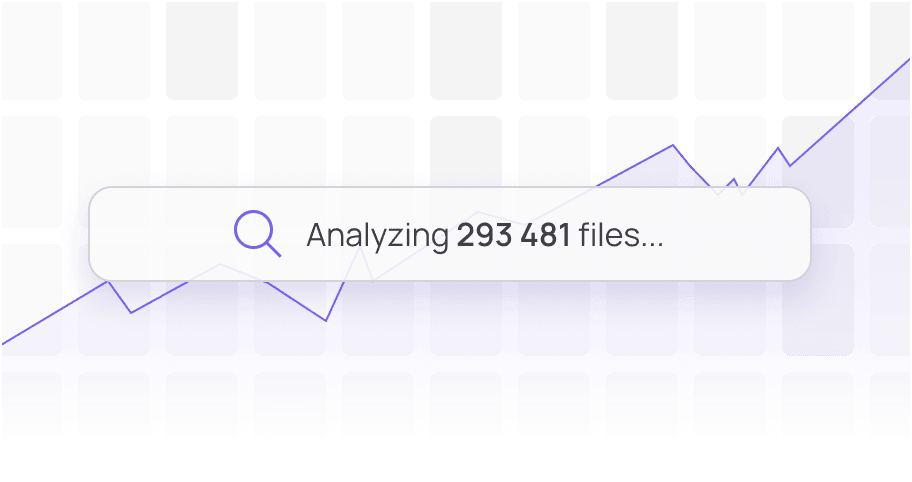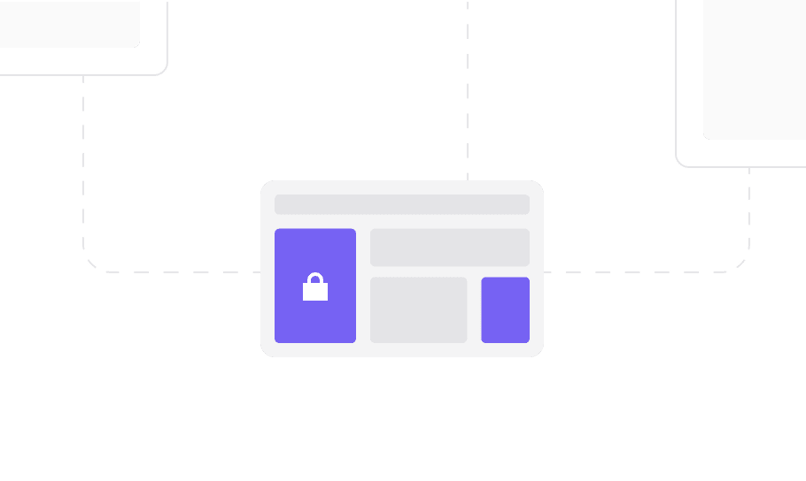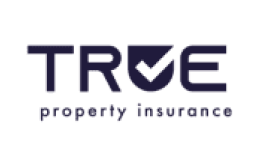Your Spreadsheets Are Your Secret Sauce. And, Your Biggest Risk
Turn Spreadsheets into Enterprise Assets
Almost every single business runs on one tool, the spreadsheet. It's flexible, it's powerful, and almost everyone knows how to use it. But, as it gets more critical for things like pricing, financial models, or underwriting, it also becomes a organizational challenge.
Your most critical business logic, your company's secret sauce, is basically code. But unlike all your other software, it's completely invisible, totally uncontrolled, and it's living in disconnected files on desktops and shared drives everywhere.
And this leads to some familiar pain points. Version sprawl with files named final_v2_and_this_is_the_real_final.xls. It's a recipe for manual errors, for constant rework, and it means there's zero real oversight. So when an auditor asks, "Hey, why did this number change?" it's difficult to provide a clear answer. And integrating this logic into your core systems, is painfully slow. All that intelligence is trapped inside models and rules within spreadsheets.
So, how do turn this messy problem into a powerful solution that's truly future-ready?
The Solution: A Fundamental Shift
What if you could take all that brilliant logic that your business experts have built in Excel and turn it into a secure, scalable, and totally reusable enterprise asset?
The process itself, it's surprisingly simple for a business user to turn their model into a production-ready powerhouse:
- First, they just tag the inputs and outputs in their spreadsheet, the one they already use
- Second, they drag and drop that file right into the Coherent platform
- Third, that's it!
Coherent automatically converts all the logic, all the formulas into super-performant code and instantly exposes it as a production-ready API. No manual recoding by IT. It just works.
1. Instant Acceleration
And that super simple, no-code process leads us directly to the first major benefit: acceleration.
Product teams can launch new pricing or update a complex model in just a few days, not the 12 month-long cycle that is industry norm. It empowers the business experts who built the logic to deploy it themselves, completely removing that traditional IT bottleneck. And, critically, it takes all that legacy logic and puts a structure around it for the next wave of tools, like AI.
2. Total Governance
While speed is great, speed without control can become chaos. You need total governance over your most critical intellectual property.
The core philosophy is to start treating your Excel models with the exact same rigor you treat your production source code. This means every single change is tracked, every version is managed, and absolutely everything is auditable.
Coherent can generate a visual diff between any two versions of your model. A change to the base rate is instantly highlighted, and every downstream calculation that was impacted by that one change is also flagged. You can see the ripple effect. It's a perfect, totally immutable audit trail.
The platform gives you a suite of enterprise-grade control: automatic versioning for every single change, a complete history of every API call for compliance, powerful test beds to check for errors, and separate, safe environments to promote your logic from dev to test to production.
3. Complete Automation
Now you've got speed and control. Next, you can unlock the most powerful value: automation. This is where transformation happens when isolated spreadsheets become truly connected, scalable systems that power the entire business.
The first step here is simple. The API can be called from anywhere. You can plug your pricing logic right into your CRM, your underwriting rules into your policy system, your financial models into your dashboards. It becomes a reusable, living microservice.
Next, your models become even smarter. With a feature called XConnector, your Excel model can now call out to external APIs. So imagine your insurance model pulling in real-time property data, or a financial model fetching live credit scores as part of its calculation. The spreadsheet is no longer an island, it's connected to the world.
And for the most advanced connectivity, there is Traffic Director. You can use one Excel model to act like a traffic cop, orchestrating and routing requests to other services. A master spreadsheet can hold all the business rules that decide which state's rating model to call, or which product version to use. You're building complex business workflows, but all the logic is still managed by your experts, right inside Excel.
The Real-World Impact
What's the real-world impact when you put all of this together? The results are transformational:
- Businesses are seeing up to an 80% reduction in time for new product launches giving them the power to react to market changes almost instantly
- They're cutting deployment costs by 50% or more by getting rid of all that slow, error-prone manual recoding
- And they can see up to a 60% increase in revenue just by getting better products to market faster
That is the power of activating your logic.
Ready to transform your spreadsheet estate into enterprise-grade business intelligence? The future of enterprise business is connected, governed, and automated.

Catalogue, organize and document your Excel workbooks. Gaining valuable information about processes, usage, complexity and risk.

Ensure compliance and manage risks within Excel using Spark’s control framework. Add in-line, fully audited processes in just a few clicks.

Bring Excel where you need it most. Whether it’s version management, robust testing, running at scale or integrations we get you there.
Clients & Partners






See Spark in Action. Book a Demo.
Let us show you how you can convert, control and connect your spreadsheet models in minutes with Coherent Spark.
Infrastructure to innovate,
and scale with ease.






Gain Observability and Structure
You can't fix what you can't see.
Most orgs don’t know which spreadsheets matter, where they live, or how logic drifts over time.
Audits and migrations stall without structure.
Manual reviews miss duplication, hidden VBA, and version forks that slow delivery.
Transformation needs a starting map.
You need clear priorities before you govern, rebuild, or turn logic into services.